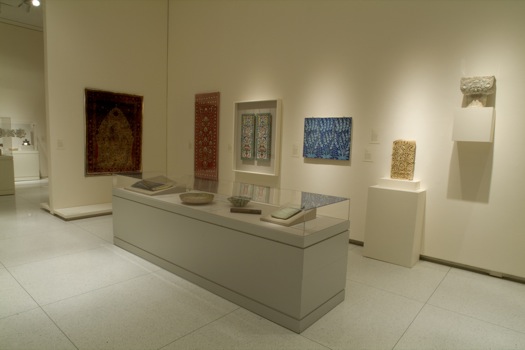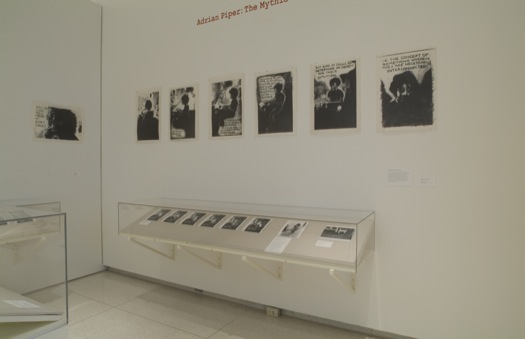Past Exhibitions

Exported Visions: Early Twentieth-Century Japanese Woodblock Prints
March 17 – June 10, 2007
When the traditional art of the Japanese color woodblock print was pushed near extinction at the turn of the twentieth century, a few enterprising young artists and publishers revived the old-fashioned art form.

Cosmophilia: Islamic Art from the David Collection, Copenhagen
February 1 – May 20, 2007
Covering a millennium of Islamic history in regions extending from Spain to India, this comprehensive exhibition surveyed the extraordinary range and visual virtuosity of one of the world's great artistic traditions.

Robert Heinecken: Magazines
December 16, 2006 – March 11, 2007
This exhibition gathered a rich selection of magazine-based works by Robert Heinecken, including works from the Smart Museum's collection and the artist's archive.

The Image as Homage: Portrait of the Artist
November 21, 2006 – April 8, 2007
Highlighting European and American works on paper and two sculptures from the Smart Museum's collection, this exhibition considered the challenges that arise when one artist tries to commemorate another, and the many forms such portraits take.

Drawing as Process in Contemporary Art
October 5 2006 – January 14, 2007
This exhibition offered a behind-the-scenes look at the working process of some of today’s leading artists: Mark Dion, Julia Fish, Carol Jackson, Kerry James Marshall, Richard Rezac, Erwin Wurm, and Zhang Huan.

Adrian Piper: The Mythic Being
September 16 – December 10, 2006
In 1973, Adrian Piper created an alter-ego, the Mythic Being, who became the basis of a pioneering series of performances and photo-based works.

Mark Turbyfill: Works on Paper
June 17 – September 10, 2006
Although remembered today mainly for his contributions to the worlds of avant-garde poetry and dance, Mark Turbyfill was also an accomplished visual artist.

The Colors of Identity: Polish Art at Home and Abroad, 1890-1939
May 25 – September 17, 2006
This exhibition traced the complex expression of national identity and international perspective that define Polish modern art.

Revisions: Modernist Sculptures by Rodin, Lipchitz, and Moore
May 9 – November 5, 2006
Auguste Rodin, Jacques Lipchitz and Henry Moore each championed sculptural innovations in European modernism and challenged notions of representation that had informed Western art since the Renaissance.

GRAPHIKÉ: Writing/Drawing in the Ancient World
March 18 – June 11, 2006
This exhibition examines the relationship between word and image in more than a dozen Greco-Roman objects from the Smart Museum and comparative Egyptian objects from the University of Chicago's Oriental Institute Museum.